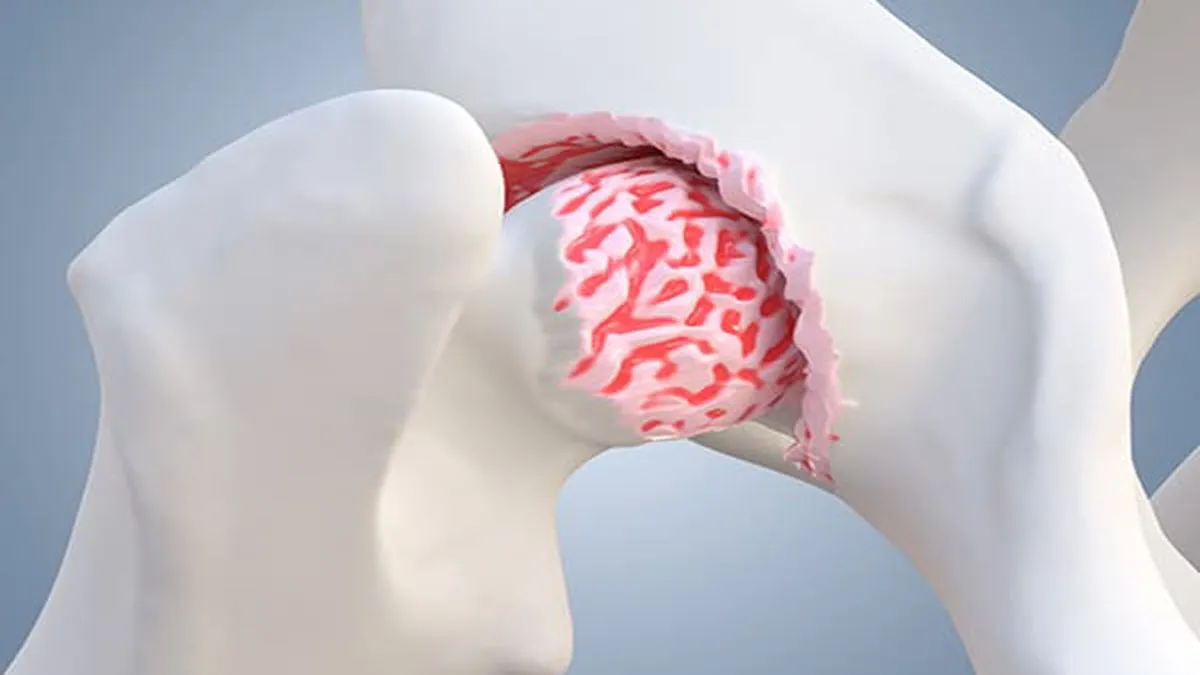Introduction
Understanding the biomechanics of the hip is essential to understanding the complexity of movements and loads supported by this crucial joint. This sophisticated mechanics involves a harmonious interaction between various elements, including muscles, ligaments and bone structures. Among these components, muscles emerge as key players, playing a critical role in hip stability and appropriate load distribution during daily activities.
The muscles surrounding the hip work in concert to maintain balance and stability of the joint. Muscle groups such as the hip flexors, external and internal rotators, and abductors perform a complex choreography to enable fluid movements while maintaining structural cohesion of the hip.
When discussing hip biomechanics and its impact on osteoarthritis, it becomes crucial to consider the specific role of muscles in the prevention and management of this debilitating condition. The hip muscles act as natural shock absorbers, absorbing shock and contributing to an even distribution of joint stress. Well-developed pelvic muscles can therefore play a protective role, alleviating stress on the cartilage and reducing the risk of developing or worsening hip osteoarthritis.
This detailed analysis of hip biomechanics highlights the critical importance of muscles in maintaining joint function and preventing degenerative disorders such as osteoarthritis. A holistic approach that takes into account muscle strength, flexibility and balance therefore becomes essential to promote hip health and improve the quality of life of individuals, particularly those at risk of developing conditions such as osteoarthritis.
Hip Muscles
- Hip Flexors: The iliopsoas, iliac and rectus femoris muscles are hip flexors. An imbalance in these muscles can influence posture and load distribution.
- Hip Extensor Muscles: The gluteus maximus and hamstring muscles (ischiotibials and ischiofemorals) are responsible for hip extension. A good balance between these muscles is crucial for hip stability.
- Hip Abductor Muscles: The gluteus medius and tensor fascia latae are important abductors that stabilize the hip during walking and other lateral movements.
- Hip Adductor Muscles: The adductor muscles on the inside of the thigh play a role in maintaining balance and stability of the hip.
- Hip Rotator Muscles: These muscles, notably the piriformis, internal and external obturator muscles, are responsible for rotating the thigh. Imbalances in these muscles can influence hip biomechanics.
Poor Biomechanics can Cause Hip Osteoarthritis
Poor biomechanics may play a significant role in the development of hip osteoarthritis. Biomechanics defines how forces and movements are distributed across joints during daily activities. When biomechanics are altered, it can lead to excessive pressure on the hip joint, contributing to premature cartilage wear.
Muscle imbalances, poor posture, and inappropriate movement patterns can all contribute to unfavorable biomechanics. For example, irregular walking or uneven distribution of body weight while walking can lead to excessive load on the hip joint. Likewise, weakened or imbalanced muscles around the hip may not provide adequate support, causing additional stress on the joint.
Sports activities with repetitive movements or frequent impacts can also influence hip biomechanics. Athletes participating in high-impact sports, such as running or jumping, may be at increased risk of hip osteoarthritis due to excessive stress placed on the joint over time.
Additionally, poor biomechanics can result from age-related changes, such as loss of flexibility, decreased muscle mass, and changes in joint structure. These factors can all contribute to altered movement patterns, thereby increasing susceptibility to hip osteoarthritis.
Awareness of biomechanics and correction of potential imbalances can play a crucial role in preventing hip osteoarthritis. Targeted exercise programs, physiotherapy and adjustment of daily habits can help restore optimal biomechanics, thereby reducing the load on the hip joint and contributing to the preservation of articular cartilage. By understanding the impact of biomechanics on hip health, it becomes possible to adopt preventative approaches to minimize the risk of osteoarthritis and promote optimal joint function.
- Abnormal Load Distribution:
- Inadequate load distribution on the hip can contribute to premature cartilage wear. This can result from muscular imbalances, poor posture, or structural issues like a congenital hip deformity.
- Hip Instability:
- Hip instability can increase stress on joint surfaces, contributing to cartilage wear. This instability can result from ligamentous laxity, muscular imbalances or structural problems.
- Bad Alignment:
- Malalignment of the hip, such as improper pelvic tilt, can lead to poor force distribution and uneven stress on the cartilage. This can promote the development of osteoarthritis.
- Anatomical Defects:
- Anatomical defects of the hip, such as hip dysplasia, may increase susceptibility to osteoarthritis. These abnormalities can create inappropriate pressure points on the cartilage, accelerating its wear.
- Mechanical Overload:
- Excessive activities or repetitive movements that put excessive strain on the hip can contribute to mechanical overload, increasing the risk of osteoarthritis.
- Muscular weakness :
- Weakness in the muscles surrounding the hip can lead to instability and poor joint mechanics, contributing to cartilage wear.
Implications for Hip Osteoarthritis
Hip osteoarthritis, a degenerative joint condition, has significant implications on the quality of life of individuals. This condition results from the gradual breakdown of cartilage in the hip joint, leading to increased inflammation, stiffness, and pain. The implications for people with hip osteoarthritis are vast, affecting their mobility, ability to perform daily activities, and emotional well-being.
Physically, hip osteoarthritis often limits range of motion, leading to stiffness and reduced flexibility. Simple activities like walking, climbing stairs, or even getting up often become painful and difficult. This restriction in mobility can lead to a more sedentary lifestyle, contributing to other health problems such as weight gain and loss of muscle mass.
The emotional implications of hip osteoarthritis are equally significant. Constant pain and limitation of activities can lead to psychological distress, affecting overall quality of life. Frustration, depression and anxiety are common feelings among those dealing with this debilitating condition.
Additionally, hip osteoarthritis can have social repercussions, as individuals may find themselves isolated due to their physical limitations. Social activities, outings, and even family interactions can be compromised, leading to a feeling of loss of connection with the outside world.
Muscle Deficits: Muscle weakness or imbalance can lead to hip instability, increasing the risk of osteoarthritis.
Poor Load Distribution: Unbalanced muscles can cause uneven load distribution on the cartilage, contributing to premature wear.
Joint Instability: Instability due to weak muscles can promote the development of osteoarthritis by exposing the joint surfaces to abnormal stresses.
Poor Posture: Muscle imbalances can influence posture, thereby affecting hip biomechanics and increasing stress on the joints.
Managing hip osteoarthritis often involves targeted muscle strengthening exercises, physical activity modifications, and sometimes surgical procedures like hip replacement. A holistic approach that takes into account muscle biomechanics is crucial for the prevention and treatment of hip osteoarthritis.


























